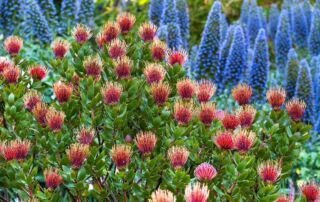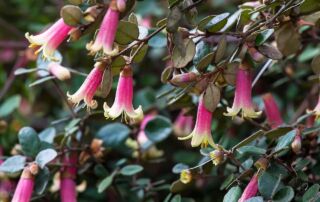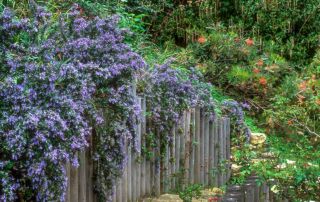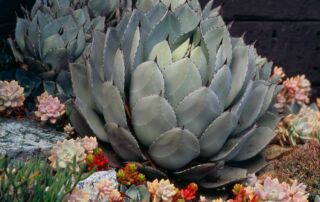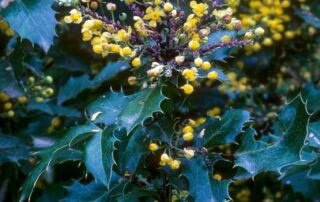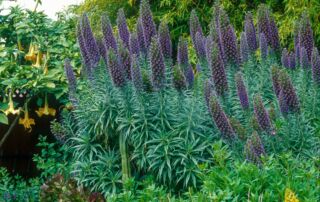Leucospermums
Outside of South Africa, where almost all are endemic, leucospermums are best known for their otherworldly cut flowers. Gardeners in other mild-winter, summer-dry climates likely purchase the flowers without realizing that they might be able to grow them. Leucospermum 'Scarlet Ribbon' (L. glabrum x L. tottum) Most leucospermums are upright, evergreen shrubs or small trees 3-15 feet tall, usually with a single main stem. Some sprawl, much wider than tall, either branching from a single stem or sending up multiple stems from an underground rootstalk. Leaves are linear to oval or wedge-shaped, thick and somewhat leathery, usually


